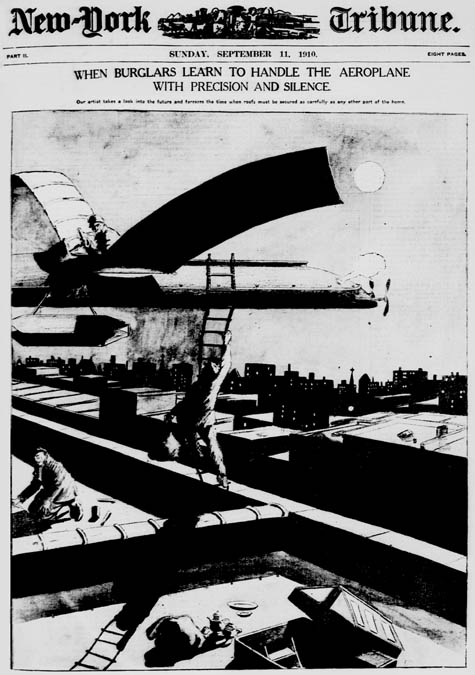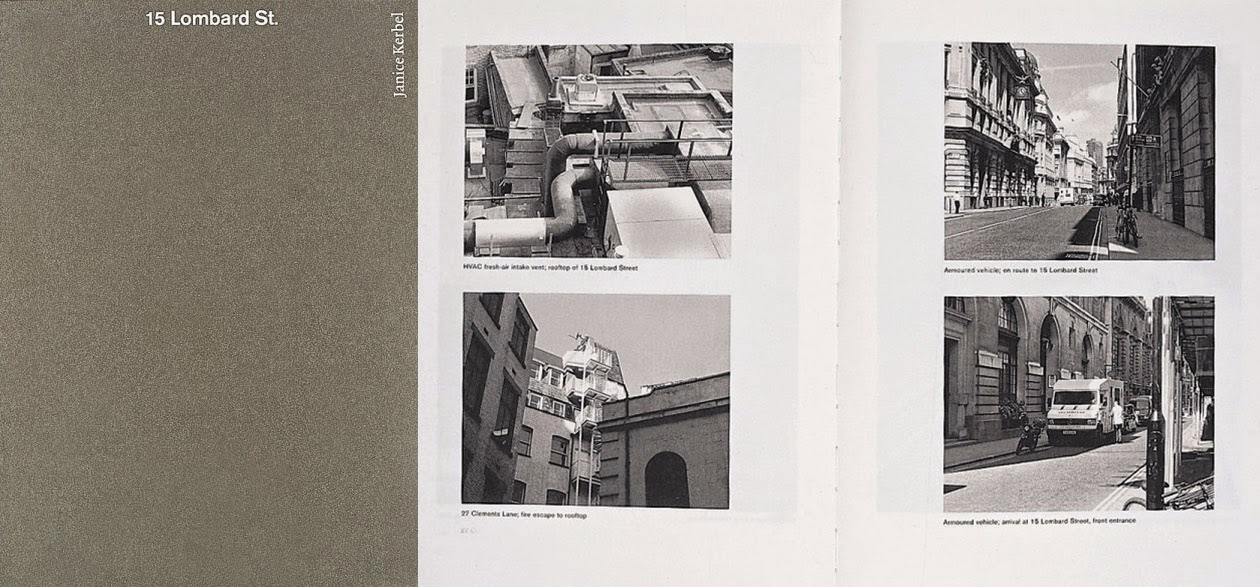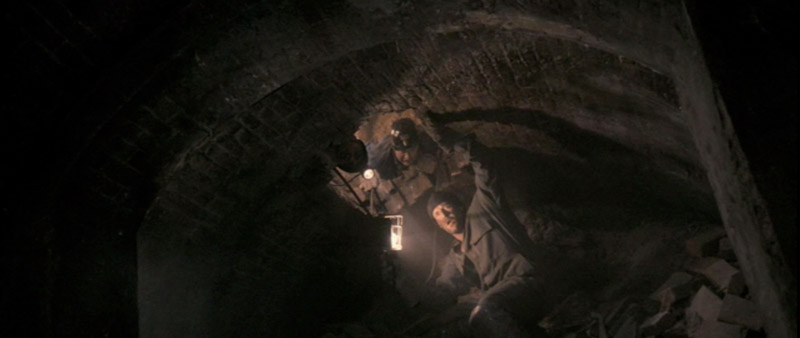 [Image: Published in the New York Tribune, September 11, 1910].
[Image: Published in the New York Tribune, September 11, 1910].
Someday I’d like to write a book about the architectural side of burglary—bank heists, home invasions, jewelry thefts, wall-scaling girl gangs of the Global South, trans-metropolitan tunnels dug vault-to-vault through crypts by men with names like Terry Leather, smoke & mirrors, props and decoys, CCTV control rooms, lock-pickers’ guides, hourly updated routes of gold trucks leaving Manhattan, deterritorialized histories of the getaway car, impersonations and forgeries, spatial camouflage, criminal blueprints and future dream-technologies of the ultimate break-in—all in the name of looking at buildings, and the city itself, as puzzles, spatial systems you try very hard to get into. The well-guarded entrance and its multiple delays. Kafka meets HSBC.
Perhaps an Architectural Guide to the Ultimate Bank Heist—a 108-page pamphlet of speculative break-ins—or Pamphlet Architecture #31, in which incomprehensible robberies are outlined, complete with floorplans and renderings, or even next year’s best-selling stocking stuffer, a quasi-sequel to 15 Lombard Street, the BLDGBLOG Field Guide to Robbery. Illustrated by eBoy.
Until then, I’ll just post images like this one, above, originally published in the New York Tribune on September 11, 1910, in which gangs of silent-airplane enthusiasts raid the metropolis from above. They coast down onto moonlit roofs while unsuspecting homeowners sleep soundly in the comfort of darkness.

 [Image: The cover and a spread from
[Image: The cover and a spread from 
 [Image: From
[Image: From 
